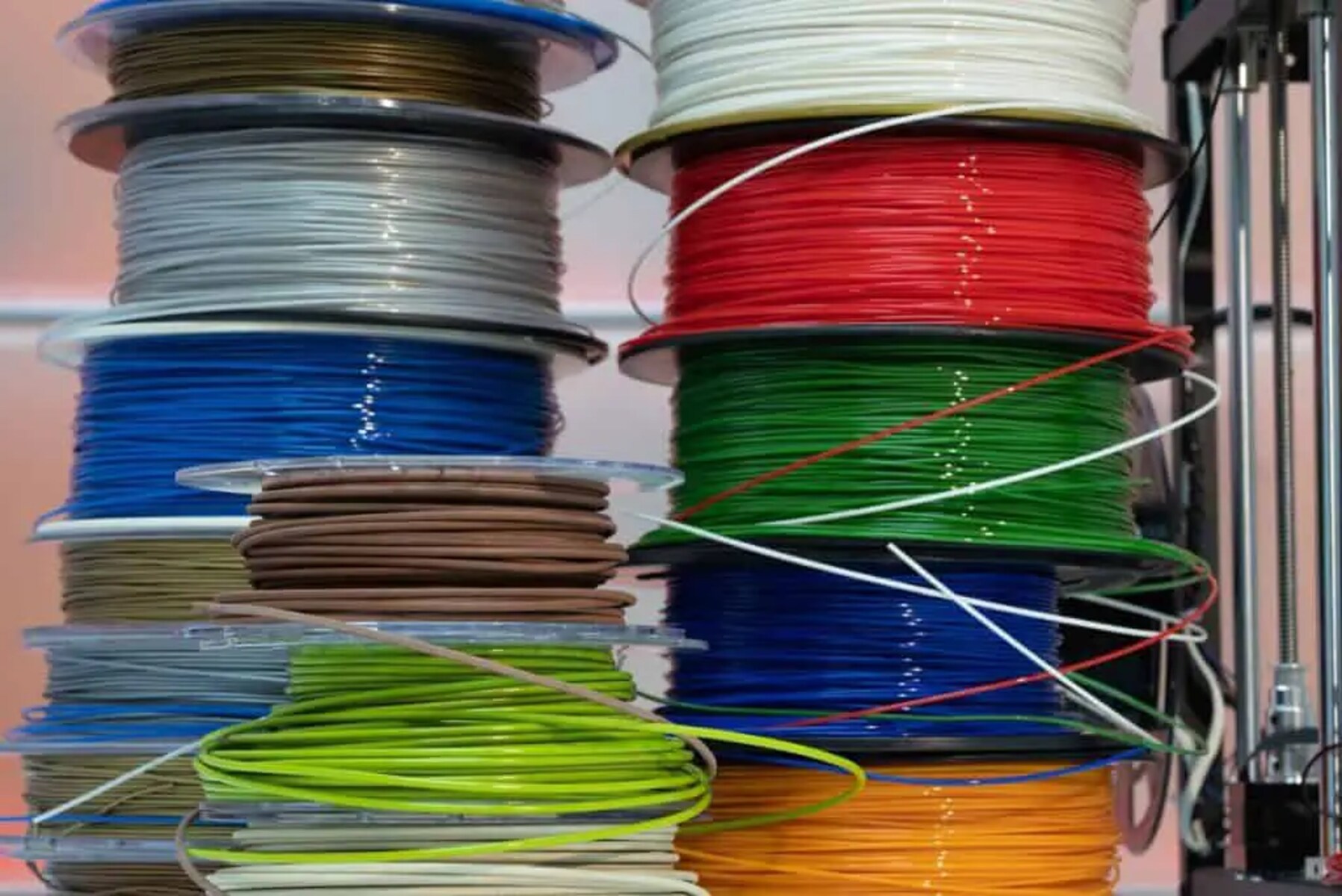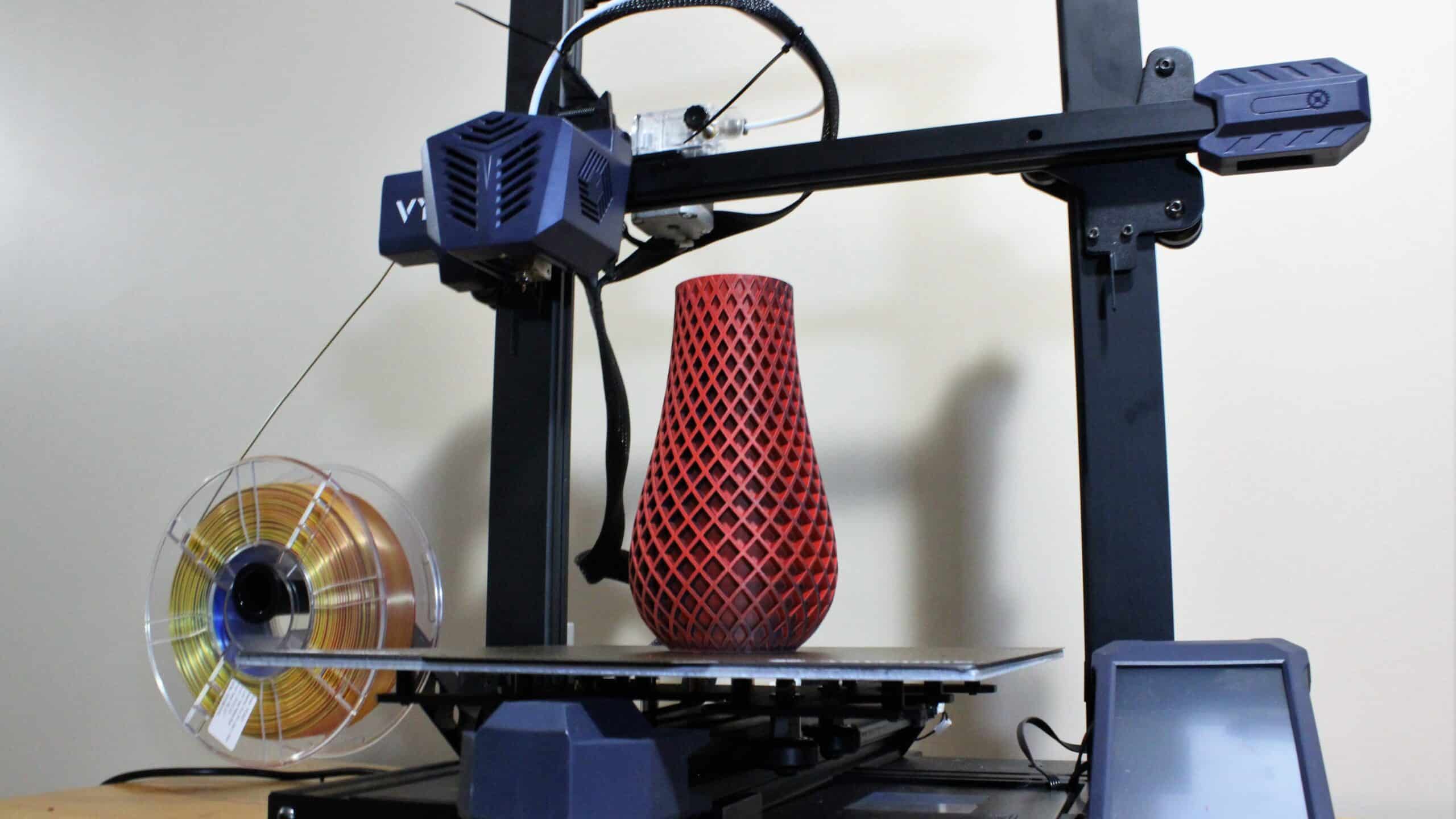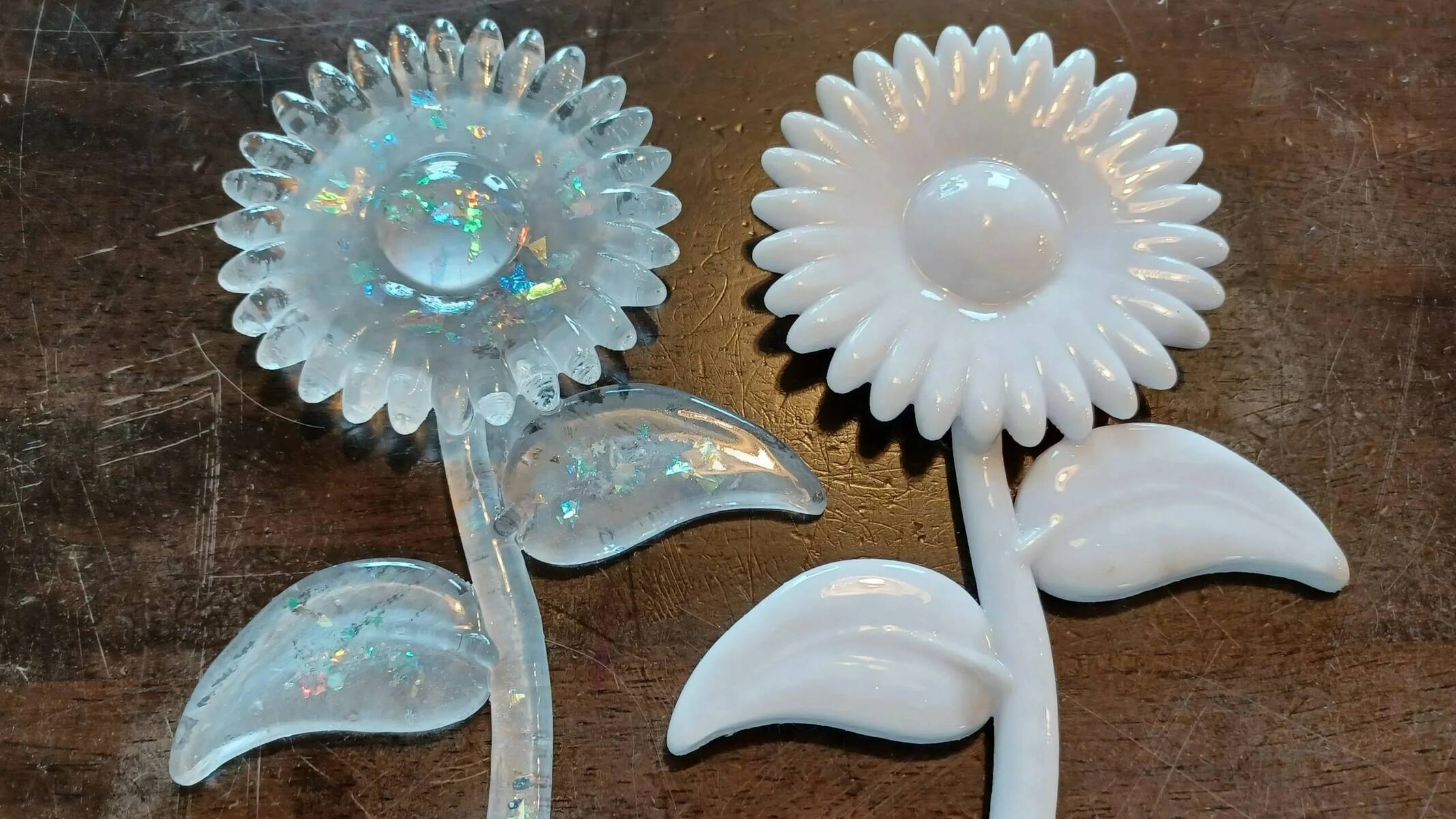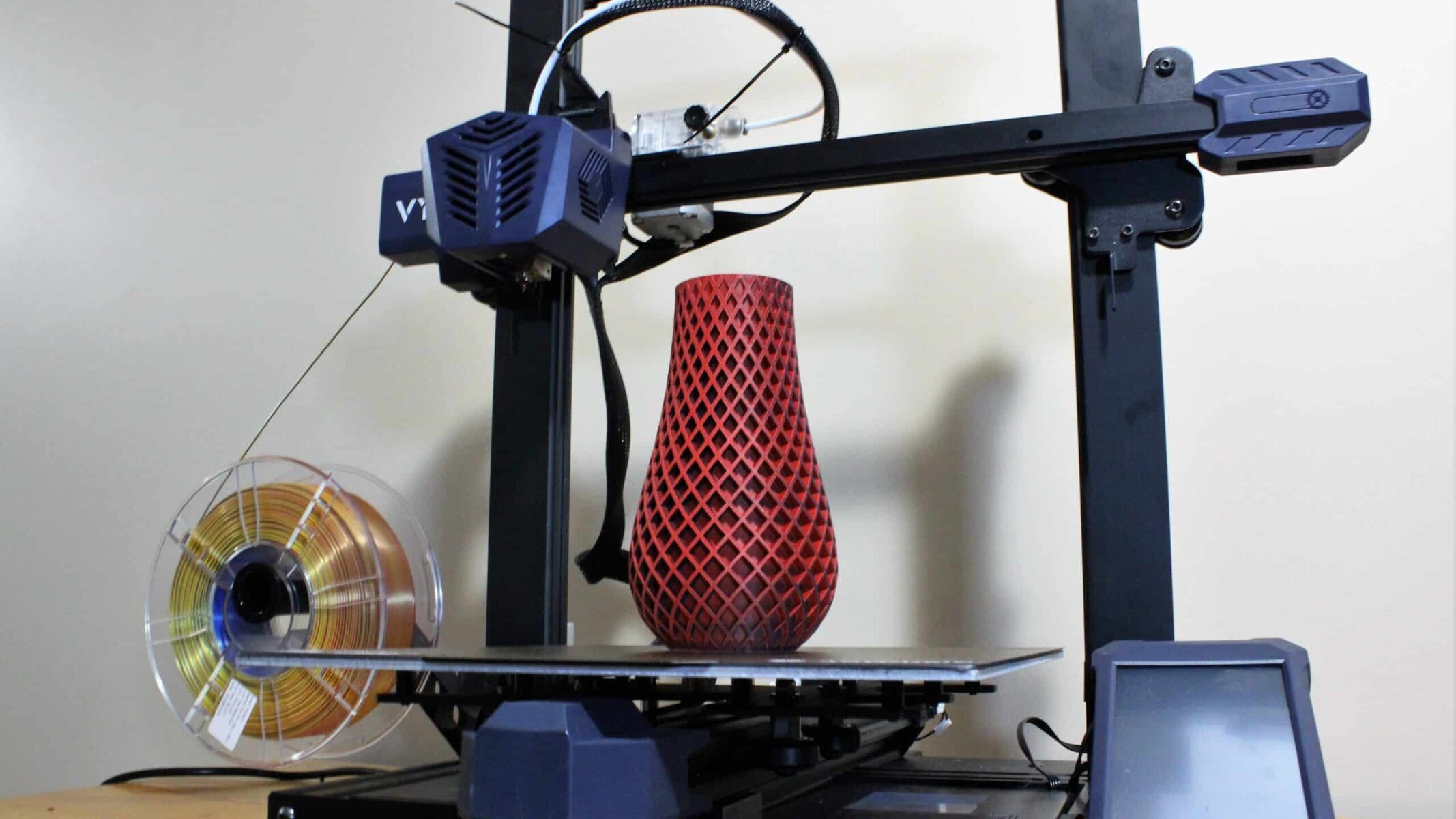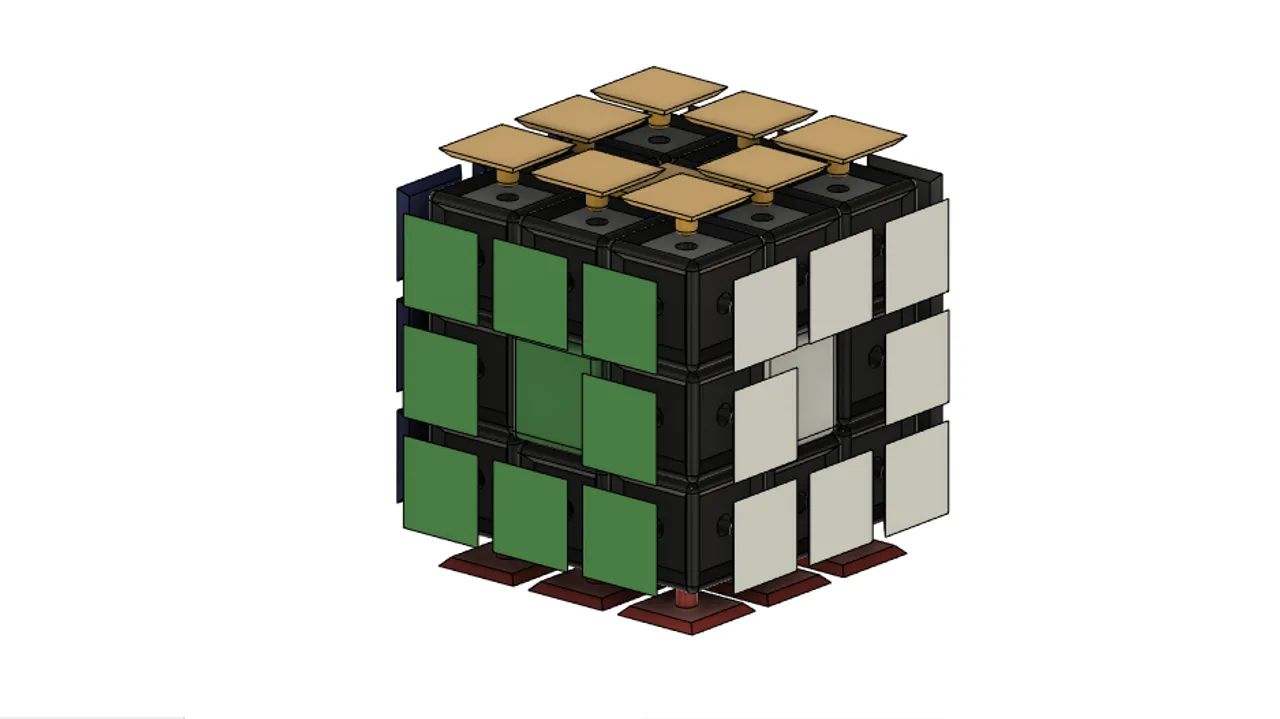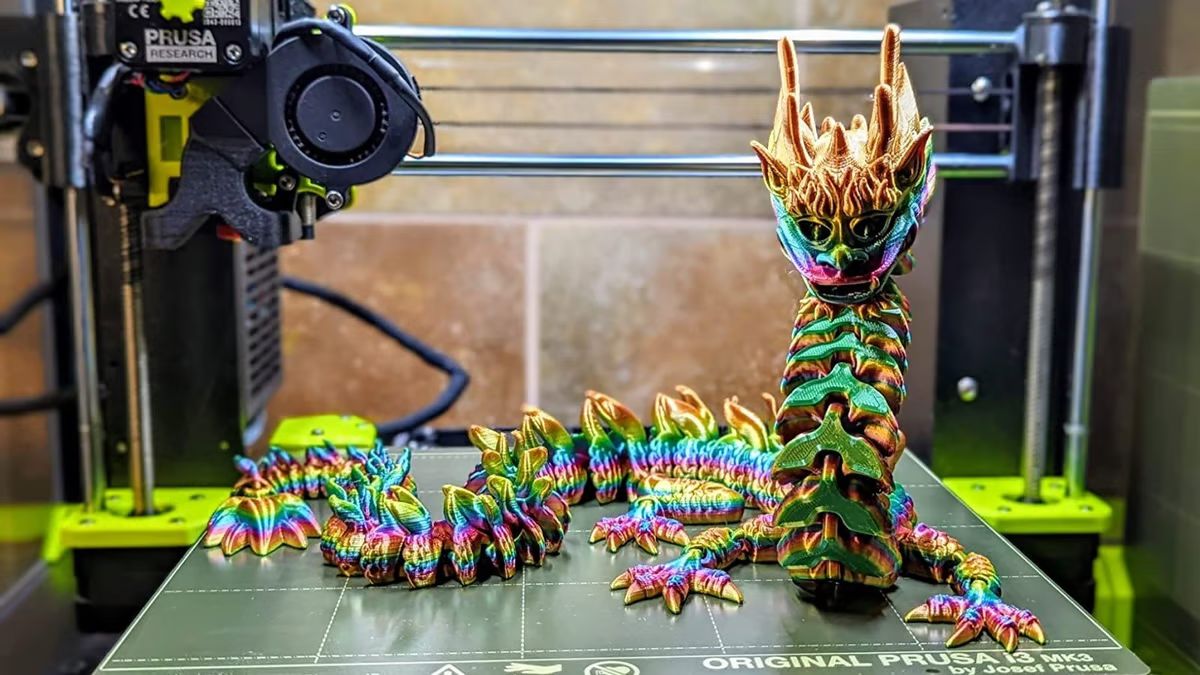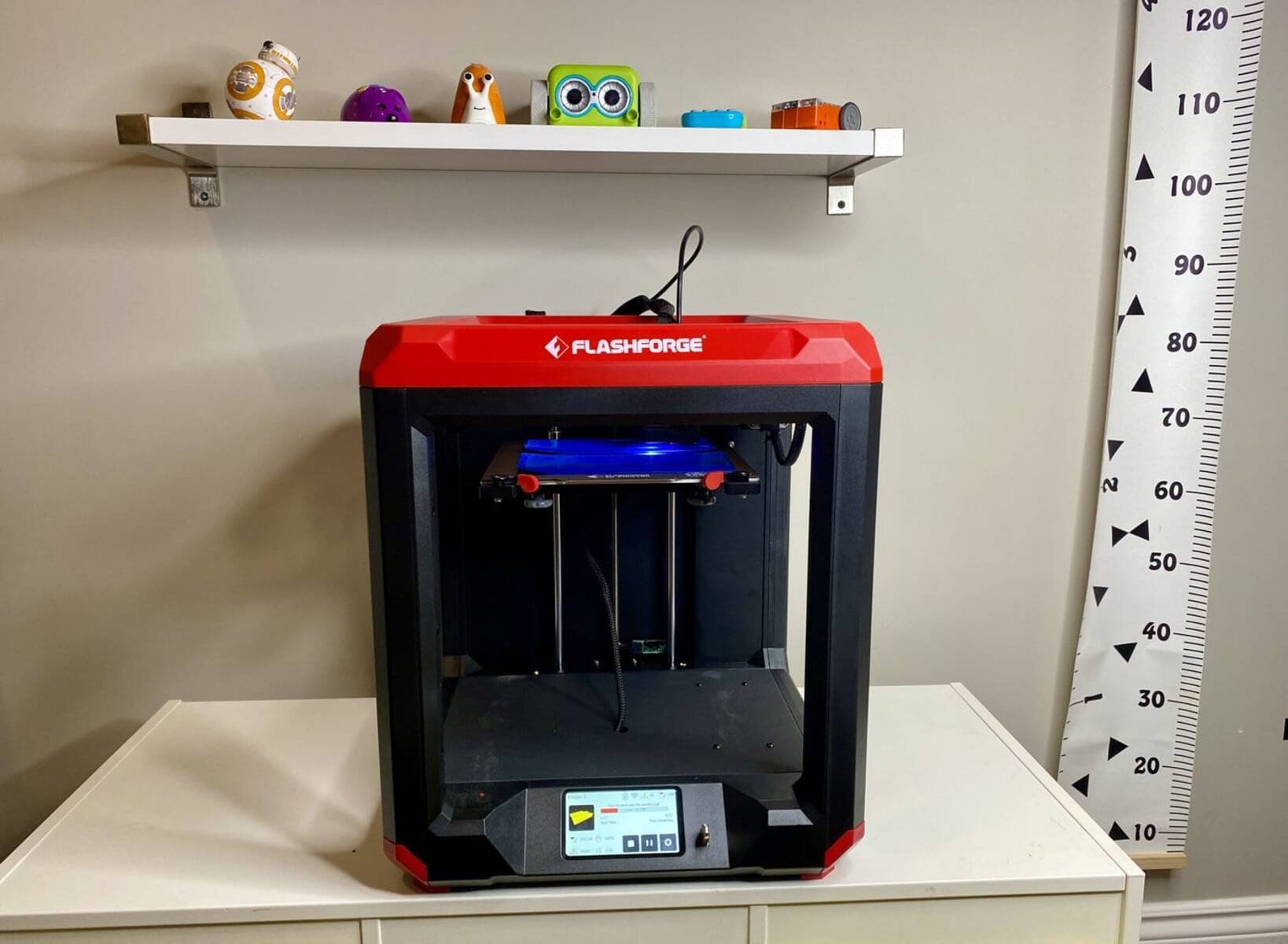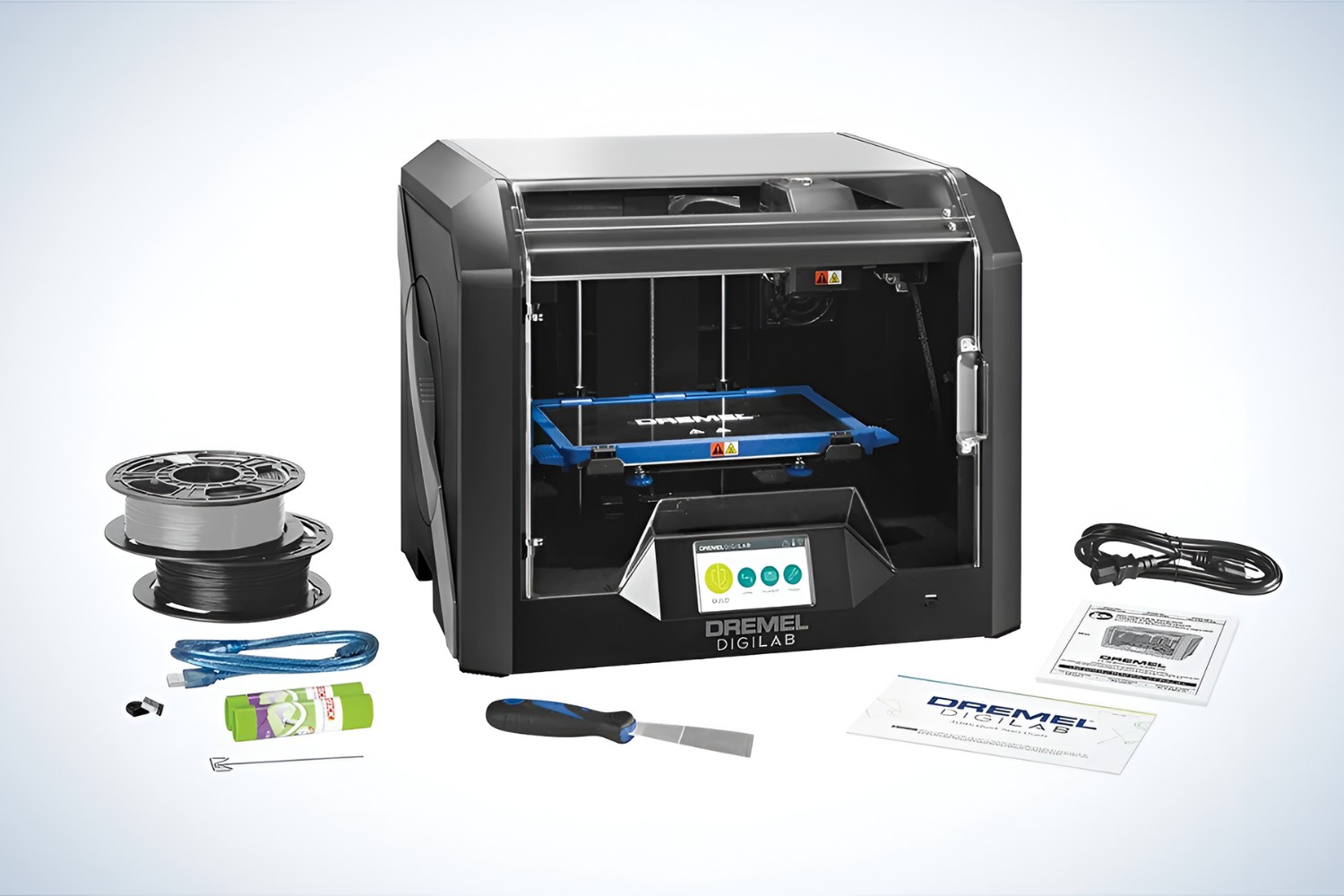Introduction
When it comes to 3D printing, one of the key considerations is the amount of filament you’ll need for your projects. Whether you’re a beginner or an experienced enthusiast, understanding how much filament is required can save you time, money, and frustration.
But how do you determine the right amount of filament for your 3D printing needs? In this article, we’ll explore the factors that affect filament consumption and provide tips for estimating and minimizing filament waste.
Before we dive into the details, let’s clarify what we mean by “filament.” Filament is the material in a spool or reel that is fed into a 3D printer to create objects layer by layer. It is typically made of plastic, such as PLA or ABS, although other materials like wood, metal, and even food can also be used.
Now that we’ve defined filament, let’s discuss why understanding its consumption is important. Knowing how much filament you’ll need for a specific project helps you plan your printing sessions more efficiently. It prevents you from running out of filament midway through a print, avoiding unnecessary downtime and interruptions. On the other hand, overestimating the amount of filament required can lead to wastage and unnecessary expenses.
Additionally, calculating filament usage allows you to estimate material costs accurately. Whether you’re printing prototypes, functional parts, or artistic creations, having an idea of the amount of filament required can help you budget your projects effectively. You’ll also have a better understanding of the lifespan of your filament spools and when you need to restock.
Now that we’ve established the importance of understanding filament consumption, let’s delve into the factors that can affect it. By considering these factors, you can make more accurate estimations for your 3D printing projects.
Understanding Filament Length and Weight
Before we proceed to calculating filament usage, it’s crucial to understand the relationship between filament length and weight. Filament is typically sold by weight, measured in grams or kilograms, but it is also important to consider the length of filament as it relates to the weight.
Most commonly, filament is sold in spools weighing either 1 kilogram (kg) or 0.5 kg. The weight of the spool itself is negligible, so we can focus on the weight of the actual filament material.
Each type of filament has a specific density, which determines the length of filament in a 1 kg spool. For example, filament with a high density will be shorter in length compared to filament with a lower density.
To give you an idea, a 1 kg spool of PLA filament, one of the most popular 3D printing materials, is approximately 330 meters long. On the other hand, a 1 kg spool of ABS filament is around 250 meters long. These figures can vary slightly depending on the manufacturer and specific formulation of the filament.
Knowing the approximate length of filament in a spool can help you estimate the number of prints you can achieve. For instance, if you are printing an object that requires 10 meters of filament, you will be able to produce approximately 33 prints with a 1 kg spool of PLA filament. It’s important to keep in mind that these calculations may still vary based on factors such as print settings, object complexity, and supports.
Understanding the relationship between filament length and weight is crucial for accurately estimating how much filament you’ll need for each project. By considering the type of filament you’re using and the length of filament per kilogram, you can make better-informed decisions when it comes to purchasing and planning your 3D printing projects.
Factors Affecting Filament Consumption
Several factors can influence the amount of filament consumed during a 3D printing project. Understanding these factors will help you estimate your filament needs more accurately and avoid unnecessary waste. Let’s explore the key factors that affect filament consumption:
- Print Settings and Object Complexity: The settings you choose for your 3D prints, such as layer height, infill density, and print speed, can significantly impact filament usage. Higher layer heights or thicker infill densities will require more filament, while lower settings can help conserve it. Additionally, the complexity of the object being printed can affect filament consumption, as intricate designs typically require more material.
- Support Structures: Support structures are often necessary for printing overhangs or complex geometries. These temporary structures provide stability during printing but consume additional filament. By minimizing the need for supports through proper design or using support structures only where necessary, you can reduce filament waste.
- Print Orientation and Raft/Brim: The orientation in which an object is printed can impact filament usage. Printing objects flat on the build plate requires less support material and uses less filament. Additionally, using a raft or brim, which provides a solid base for the object, can add to filament consumption.
- Infill Density: The infill density determines the amount of material inside the printed object, with higher densities requiring more filament. For objects that don’t require structural strength, using a lower infill density can help optimize filament usage without compromising the integrity of the print.
- Nozzle Size and Extrusion Multiplier: The size of the 3D printer’s nozzle and the extrusion multiplier settings affect the amount of filament extruded. A larger nozzle size or higher extrusion multiplier can result in faster print speeds but also consume more filament. Adjusting these settings can help balance print quality and filament usage.
By considering these factors, you can make adjustments to your print settings and design choices to optimize filament consumption. Taking the time to analyze and understand these variables will not only help you save money but also contribute to a more sustainable approach to 3D printing.
Calculating Filament Usage
Calculating filament usage is an essential step in planning your 3D printing projects. By estimating the amount of filament needed for each print, you can ensure you have enough material and avoid unnecessary waste. Here’s a simple formula to calculate filament usage:
Filament Usage (in grams) = Length of Filament (in millimeters) * Filament Density (in grams per millimeter)
To begin, you’ll need to determine the length of filament required for your print. Most slicing software provides an estimated length for a given 3D model, which you can find in the software settings or print preview. Alternatively, you can measure the length of an existing print using calipers.
Next, you’ll need to know the density or weight per unit length of your filament. This information is typically provided by the filament manufacturer or can be found in their specifications. For instance, if the filament has a density of 1.25 grams per millimeter, you will use that value in the formula.
Once you have both the length of filament and the density, plug them into the formula to calculate the filament usage in grams. This will give you an accurate estimate of the amount of filament needed for your print.
It’s important to keep in mind that this calculation provides an estimate and may not be 100% precise due to factors such as print settings, infill density, and support structures. However, it is a useful starting point to gauge the approximate filament requirements.
Additionally, some slicing software allows you to estimate filament usage directly by inputting the density of your filament and the desired print settings. This can provide a more accurate estimate based on the specific configuration of your print.
By calculating filament usage, you can avoid running out of filament during a print and minimize unnecessary waste. It also helps you plan your projects more effectively and budget your filament purchases accordingly.
Estimating Filament Needs for Different Projects
When it comes to estimating filament needs for different projects, there are a few considerations to keep in mind. The complexity, size, infill density, and printing settings of each project can all affect the amount of filament required. Here are some tips to help you estimate filament needs for different types of 3D printing projects:
Small and Simple Prints: For small and simple prints, such as keychains or small figurines, the amount of filament needed is generally minimal. These prints typically have low infill densities and require less time to complete. You can estimate filament usage by considering the length provided by the slicing software and adjusting for the density of your filament.
Large and Complex Prints: Larger prints with intricate designs, high infill densities, or complex geometries will require more filament. It’s best to rely on the length estimation provided by the slicing software and factor in the filament density to calculate the precise amount needed. Keep in mind that optimizing print settings can help reduce filament consumption without compromising the quality and strength of the print.
Functional Prototypes: When printing functional prototypes, you’ll need to consider the size, complexity, and intended functionality of the object. Additionally, you may want to print multiple iterations or versions of your prototype. It’s recommended to print a small test model first to gauge the amount of filament required and extrapolate from there.
Artistic Creations: Artistic prints often involve intricate designs, high levels of detail, and higher infill densities. The amount of filament needed will depend on the size and complexity of the artwork. It’s important to carefully review the length estimation provided by the slicing software and adjust for the density of your filament to ensure you have enough material for the desired print.
Batch Printing: If you plan on printing multiple copies of the same object, estimating filament needs becomes easier. Once you determine the filament usage for a single print, you can multiply that by the number of copies to get an estimate for the entire print run.
Remember that these are general guidelines, and the actual filament needs may vary depending on factors like print settings, supports, and print orientation. It’s always advisable to overestimate slightly to account for any unexpected variations or errors in the printing process.
By considering the complexity, size, infill density, and printing settings of your projects, you can better estimate the amount of filament needed and avoid unnecessary wastage or interruptions during your 3D printing endeavors.
Tips to Minimize Filament Waste
Minimizing filament waste not only helps reduce costs but also contributes to a more sustainable 3D printing practice. Here are some tips to help you optimize filament usage and minimize waste:
- Use Proper Print Settings: Adjusting your print settings can significantly impact filament consumption. Optimize parameters like layer height, infill density, and print speed to balance quality with material usage. Experiment with different settings to find the sweet spot that minimizes waste without compromising the integrity of your prints.
- Design with Efficiency in Mind: When designing your 3D models, consider the potential waste that may occur during printing. Minimize the need for support structures by designing objects that can be printed without them. Additionally, optimize the infill density to achieve the desired level of strength without using excessive material.
- Print Orientation: The orientation in which you print your objects can affect both print quality and filament consumption. Experiment with different orientations and angles to reduce the need for support structures and optimize material usage. Remember to consider the overhangs and other intricate features of your design when deciding on the best print orientation.
- Recycle and Reuse: Filament scraps can still be utilized. You can collect and recycle small leftover pieces by melting them down and creating custom filament spools. Additionally, consider reusing failed prints or parts of them for future projects. This not only minimizes waste but also saves money on additional filament purchases.
- Batch Printing and Nesting: When printing multiple objects, optimize the arrangement on the print bed to minimize wasted filament. Nesting objects closely together can reduce the amount of support structures and travel movements, resulting in less material waste overall. Take advantage of slicing software features that allow for efficient placement of multiple objects on the build plate.
- Perform Test Prints: Before committing to larger, more complex prints, it’s always beneficial to perform test prints. This allows you to adjust settings, make necessary design modifications, and estimate filament usage more accurately. Testing on a smaller scale minimizes the risk of wasting significant amounts of filament on unsuccessful or unsatisfactory prints.
- Measure and Monitor Filament Usage: Keep track of the filament used for each print. Measure the remaining length on your spool before and after each project to determine the actual amount of filament consumed. This will help you make more accurate estimates for future prints, identify areas for improvement, and budget your filament purchases effectively.
- Opt for Filament-saving Features: Some slicing software and 3D printers offer features specifically designed to optimize filament usage. Look for features like variable layer height or adaptive infill, which adjust the amount of material used based on the specific needs of the design. These features can help minimize filament waste without sacrificing the quality of your prints.
By implementing these tips, you can reduce filament waste, improve the sustainability of your 3D printing practice, and save both time and money in the process. Remember that a little bit of planning, experimentation, and attention to detail can go a long way in minimizing unnecessary filament usage.
Conclusion
Understanding how much filament you need for 3D printing is essential for a seamless and cost-effective printing experience. By considering factors such as print settings, object complexity, and infill density, you can estimate filament usage more accurately and avoid wastage. Additionally, implementing strategies to minimize filament waste, such as optimizing print settings, designing efficiently, and recycling or reusing filament scraps, will not only save you money but also contribute to a more sustainable approach to 3D printing.
Remember that estimating filament needs may require some trial and error, and it’s always wise to err on the side of caution and overestimate slightly. Keeping track of filament usage, measuring remaining spool length, and learning from test prints will help you refine your estimates and improve your planning for future projects.
With a solid understanding of filament length and weight, the factors affecting filament consumption, techniques for calculating filament usage, and tips to minimize waste, you are equipped to make informed decisions and optimize your 3D printing journey.
Now that you have the knowledge and tools to estimate and minimize filament usage, go ahead and unleash your creativity with confidence. Embrace the endless possibilities of 3D printing, knowing that you’re making efficient use of your filament and contributing to a more sustainable future of additive manufacturing.







